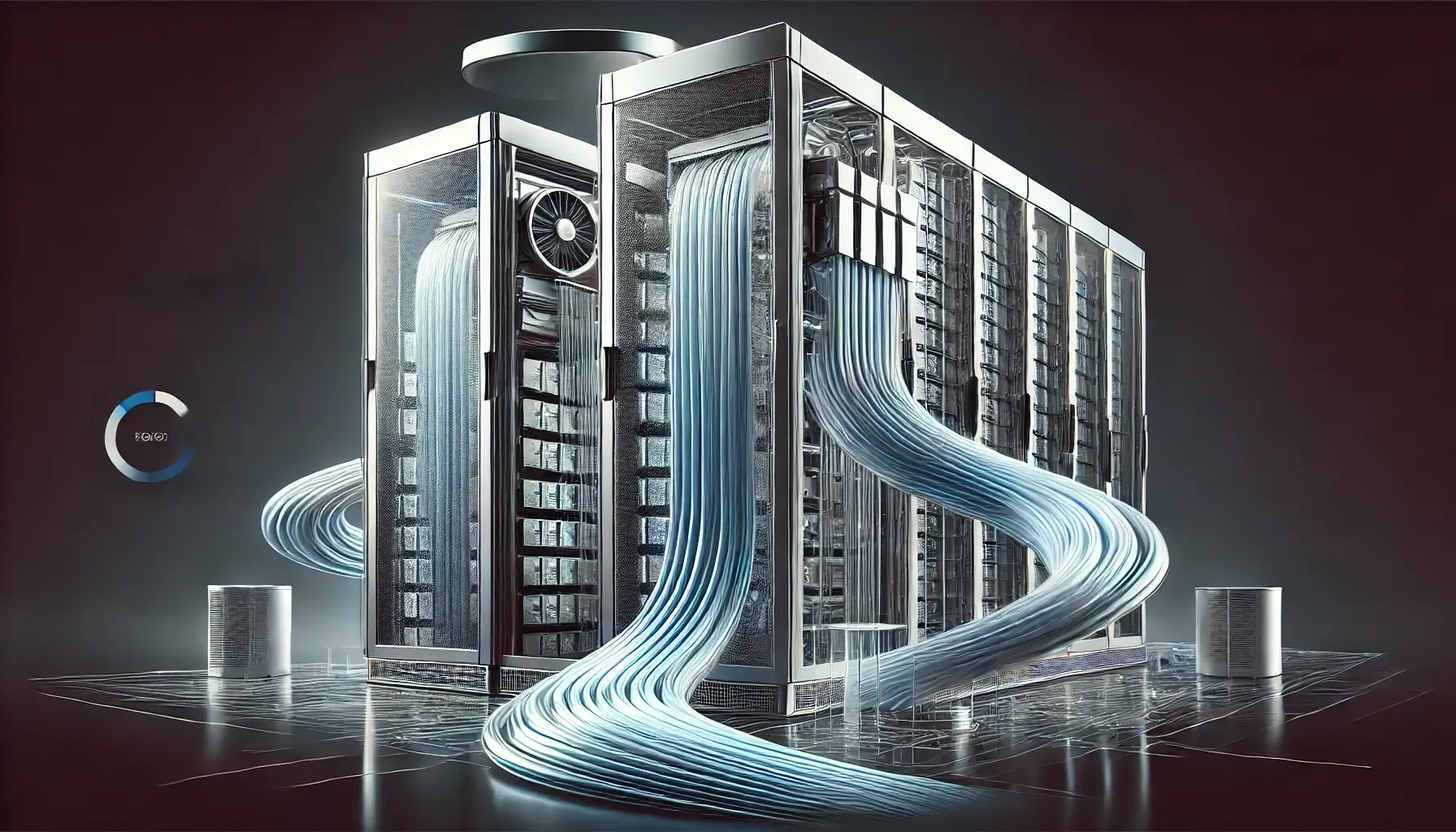The rapid expansion of artificial intelligence (AI) technologies is driving a significant increase in data center water consumption, raising concerns about sustainability and resource management. In regions like Virginia, which hosts the world’s highest concentration of data centers, water usage has surged by nearly two-thirds over the past four years. This trend is playing out globally, with major tech companies like Microsoft and Google reporting substantial water use, often in areas already facing water stress.
Escalating Water Usage in Data Centers

Data centers are the backbone of the digital economy, housing the computing power needed for AI, cloud services, and more. However, their operation comes with a heavy environmental footprint. One of the most pressing issues is the amount of water needed to cool the computing equipment inside these centers. According to the Financial Times, Virginia’s water usage for data centers jumped from 1.13 billion gallons in 2019 to 1.85 billion gallons in 2023. This increase is primarily attributed to the growing demand for AI, which requires substantial computational resources and, consequently, more cooling.
Microsoft, which operates numerous data centers worldwide, reported that 42% of the water it consumed in 2023 was sourced from areas experiencing water stress. Similarly, Google, with one of the largest data center footprints globally, revealed that 15% of its freshwater withdrawals occurred in regions with high water scarcity. These figures highlight a critical tension between technological advancement and environmental sustainability.
The Challenges of Water Recycling in Data Centers
While many data centers employ water recycling systems, the industry faces significant challenges in implementing closed-loop systems that could drastically reduce water consumption. One of the main obstacles is the need for humidity control. In drier climates, air that isn’t adequately humidified can become a strong conductor of static electricity, which poses a risk to the sensitive electronic equipment housed within data centers. As a result, a considerable amount of water is used for this purpose, much of which ultimately evaporates.
This evaporation means that despite efforts to recycle water within the cooling systems, a significant portion of the water used in data centers cannot be recaptured. This issue is particularly acute in arid regions where water is already a scarce resource. The need to balance cooling, humidity control, and water conservation presents a complex challenge for data center operators.
Balancing Innovation with Sustainability

From my perspective, the surge in water consumption driven by AI and data center expansion underscores the need for innovative solutions that can reconcile the demands of technology with environmental stewardship. The current trajectory, where significant amounts of water are being consumed in water-stressed areas, is unsustainable in the long term.
Companies like Microsoft and Google are aware of these challenges and are investing in research and development to improve the efficiency of their water use. For instance, exploring alternative cooling methods, such as air cooling or using renewable energy to power cooling systems, could mitigate some of the environmental impacts. Additionally, advancements in water reclamation and desalination technologies could offer new pathways for data centers to reduce their reliance on freshwater sources.
However, these efforts must be scaled rapidly and adopted industry-wide to make a meaningful impact. As AI continues to grow, so too will the demand for data centers, and by extension, their water consumption. Policymakers and industry leaders must collaborate to establish standards and practices that prioritize water conservation while supporting technological innovation.
In conclusion, while AI-driven data centers are essential for the digital economy, their environmental footprint, particularly in terms of water usage, cannot be ignored. It’s crucial that the industry continues to innovate and invest in sustainable practices to ensure that technological progress does not come at the expense of our planet’s finite resources.






